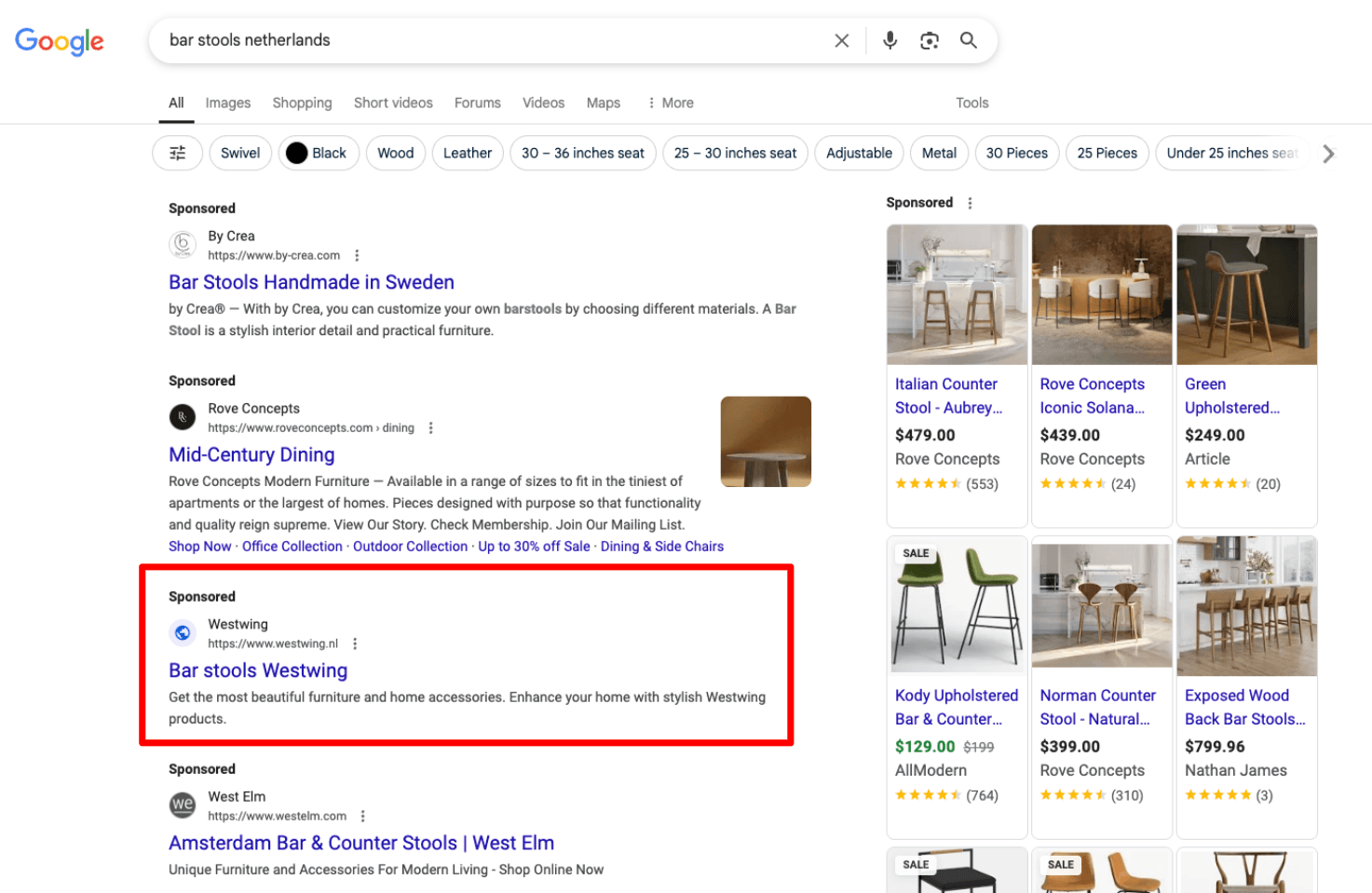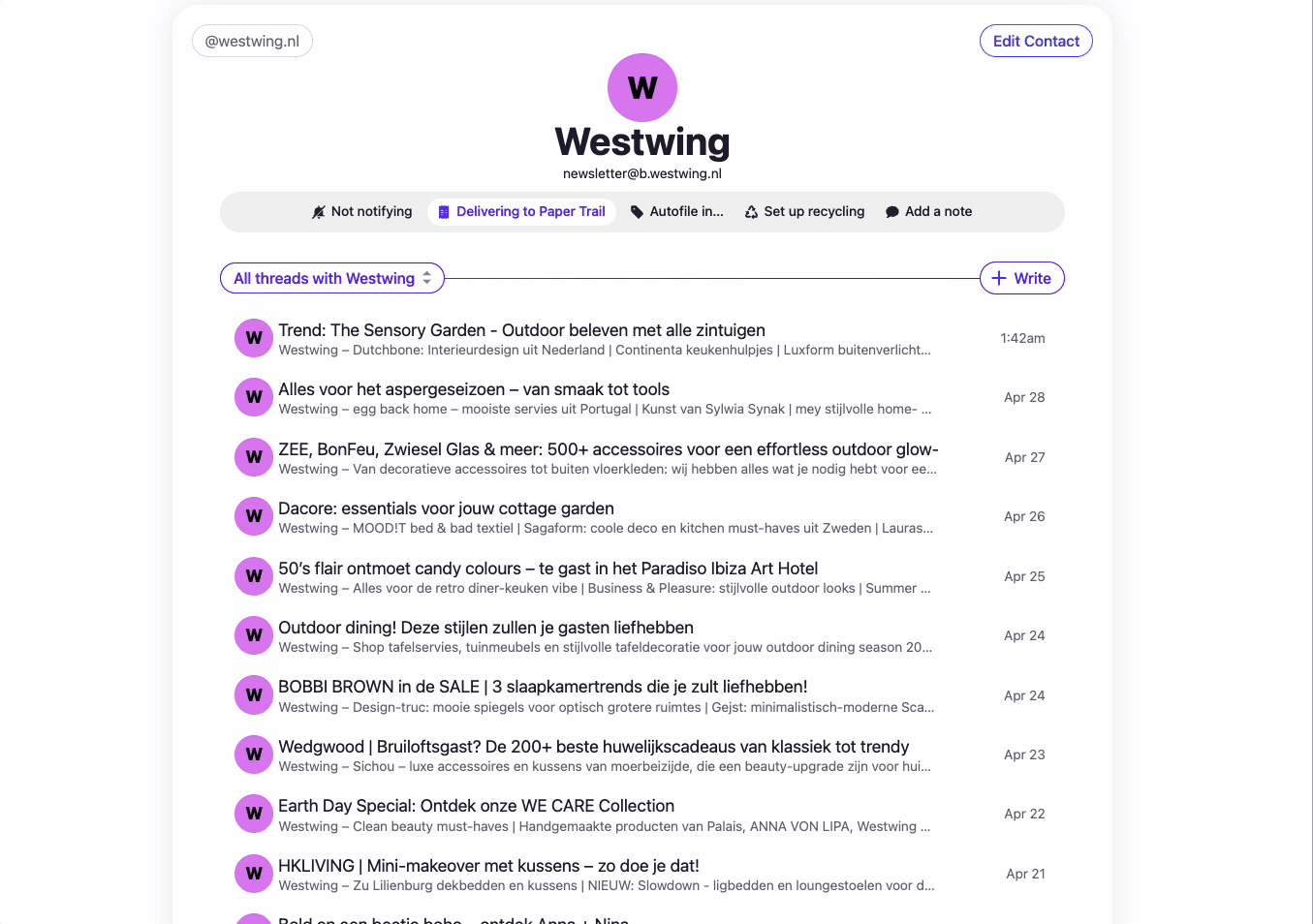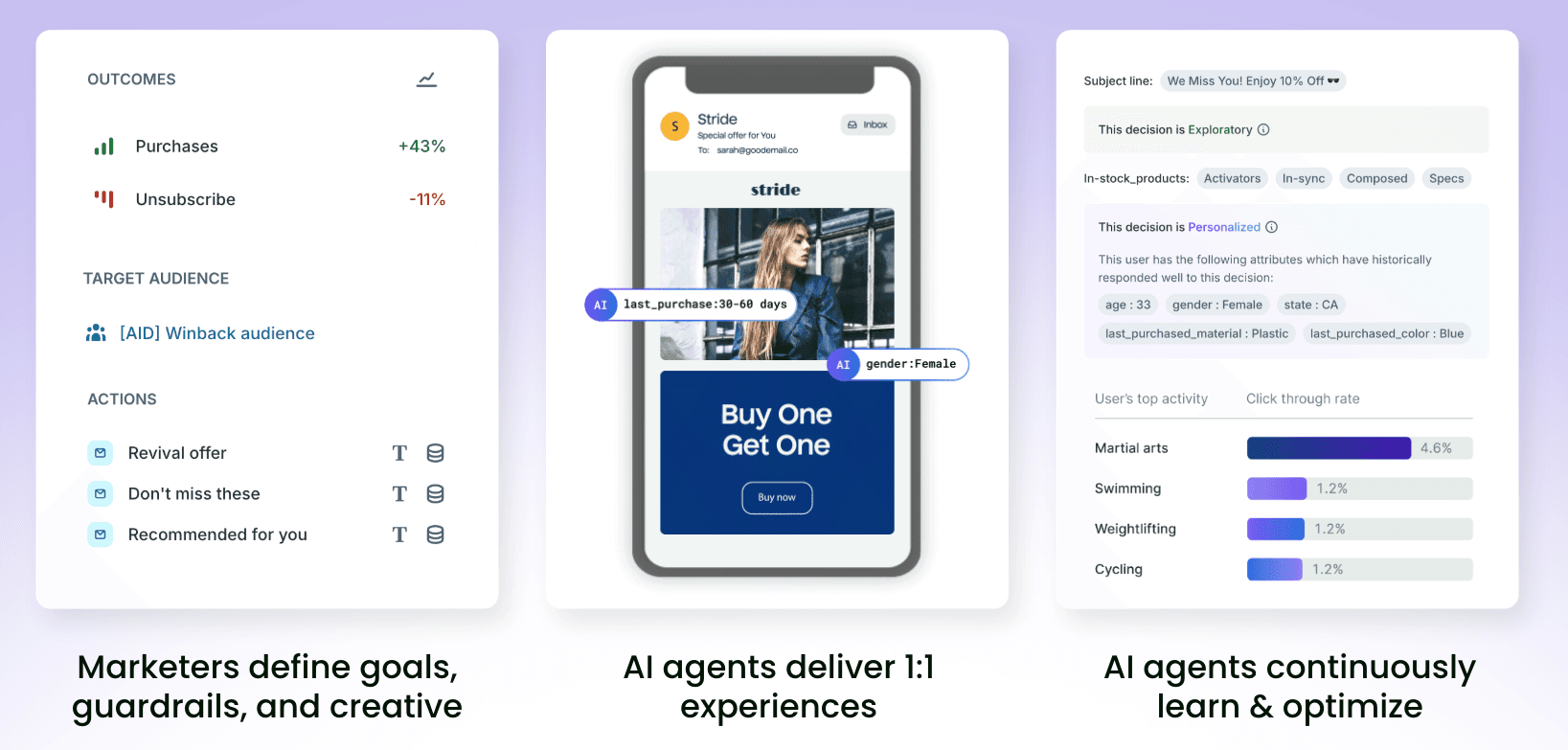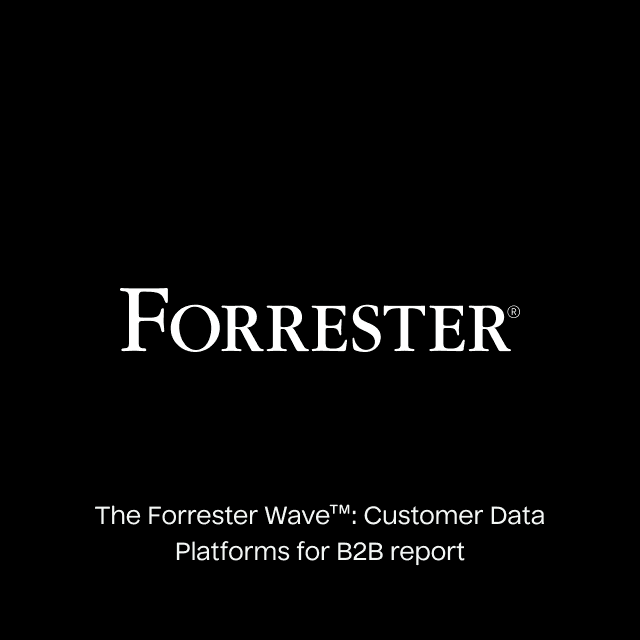While it’s difficult to believe today, email revolutionized digital marketing in the 1990s. As I described in the evolution of personalization post, email represented the first time that marketers could get immediate feedback on marketing activities. Television and radio ads were (and still are) difficult to measure, as was direct mail. However, marketers could quickly see metrics like opens, clicks, and bounces with email. Marketers could also perform experiments by testing different subject lines and copy on a small portion of recipients. They could get results fast enough to select a winner and push the winner to the remaining recipients.
Unfortunately, email's popularity subsided when marketers abused it, and other marketing channels like display ads, paid search, and social media arrived. Now, email is just one of many marketing channel options. Nevertheless, email can be a valuable channel for digital marketers, but as it’s being used today, email is broken.
The problem
To illustrate why I say this, let’s look at an example. I recently purchased an apartment in Amsterdam. Since IKEA didn’t have bar stools at the height I needed, I had to hunt online to find them. I found this via a Google search:

Westwing, a brand I had never heard of, happened to have stools I liked and which were the correct height:

So I ordered the stools online and had them shipped to me in Amsterdam. So far, so good.
Unfortunately, however, this one purchase resulted in me receiving about 75 emails from Westwing over the next few weeks:

I’m sure many of you have encountered a similar situation. This isn’t marketing—it’s spam. Marketing is about building relationships and trust, not bombarding customers and prospects with random messages. This type of bombardment leads to disloyalty and email unsubscribes.
As if the quantity of messages weren’t bad enough, they aren’t even related to what I purchased. If I bought bar stools, I would imagine there are other related products they could try to sell me, but it feels like I am one of thousands who are simply on a mass email list. And if they really wanted to show me they cared, they would look at my payment information and realize I am an American, so sending me emails in Dutch may not be the most brilliant move!
Why is email so bad today?
The preceding example isn’t meant to call out Westwing specifically. I see many organizations doing the same thing, especially in retail. Email experiences like the above highlight a broader industry challenge with multiple causes. While email remains an excellent way to communicate with customers and prospects in a 1:1 manner, delivering meaningful, timely, and relevant messages to each recipient requires organizations to address several challenges.
Some organizations struggle with strategic issues: unclear customer lifecycle mapping, misaligned business objectives, or insufficient understanding of their audience's preferences and behaviors. Others face operational constraints like resource limitations, competing priorities, or gaps in marketing expertise. Still others have solid strategies and operations but hit technical roadblocks when trying to execute personalized campaigns at scale.
Email is still a great way to communicate asynchronously with customers and prospects in a 1:1 manner. However, for email to be meaningful, it must be timely and relevant for each recipient. This requires organizations to leverage all the data they know about the recipient and dynamically populate relevant content. Luckily, email providers (ESPs) have built templates that can leverage HTML content that loads as emails are opened. So, technology is not the blocker.
The real blockers to email relevance are the following:
- Data Access - ESPs are not built to store complete customer datasets. Most ESPs only house a subset of customer data. The rest of the customer data resides in the warehouse. This lack of customer data and context prevents ESPs from building effective email audiences and inserting the most relevant content.
- Lack of Automation - Even if organizations had access to all customer information, it would be impossible to manually select and deliver different email content to every recipient. Marketers have plenty of levers to pull - offers, channels, timing, creative - but email teams can only manage so much. True 1:1 personalization - tailoring every touchpoint to the individual user is difficult. You would have to create hundreds or thousands of mini audiences and hundreds of message versions to accomplish this. Without some automation, each email would take weeks to send to deliver 1:1 personalization.
So, while email providers (ESPs) have a way to deliver personalized, dynamic content, the lack of access to all customer data and an automated way to determine the best content for each recipient results in the batch and blast emails we often receive today.
How do we fix email?
Addressing the shortcomings mentioned above can return email to its former glory. Over the past year, there has been a tidal wave of innovation around AI Decisioning. Hightouch and other vendors have found ways to harness AI agents to dynamically choose what content recipients should receive based on known customer data and reinforcement learning. Since it’s too time-consuming for humans to choose the right content, timing, subject line, and imagery for emails, AI can use pre-defined content, goals, and guardrails to test hundreds of different messages and learn what works and what doesn’t for each recipient over time.

The result is more personalized, relevant emails with specific goals. Whether your goal is to cross-sell products or complete lead forms, AI Decisioning can learn what works and what doesn’t, and as it learns, it can save those learnings back to the warehouse for use in future marketing campaigns.
AI Decisioning performs best with access to large amounts of trusted customer data, which is often found in cloud data warehouses. It is unsurprising that Hightouch, the leader in providing access to all customer data in any cloud data warehouse, also provides AI Decisioning products since the two go hand in hand.
Ultimately, AI Decisioning can lead to recipients receiving fewer emails, but more relevant ones. And when recipients receive relevant messages, they are more likely to engage and become loyal to your brand and less likely to unsubscribe.
Final Thoughts
If your organization uses email like it’s the 1990s, you may want to take a step back and consider whether you are wasting one of your 1:1 marketing channels. Repeatedly bombarding customers and prospects with irrelevant messages may feel like you are marketing to them, but instead of building a better relationship with customers, you may inadvertently be turning them away from your brand.
Leading organizations are beginning to leverage all customer data in the warehouse and AI Decisioning to get real results from the email channel. Email is somewhat broken today, but data warehouses and AI Decisioning may be the key to creating a renaissance in email and bringing it back to its glory days!















